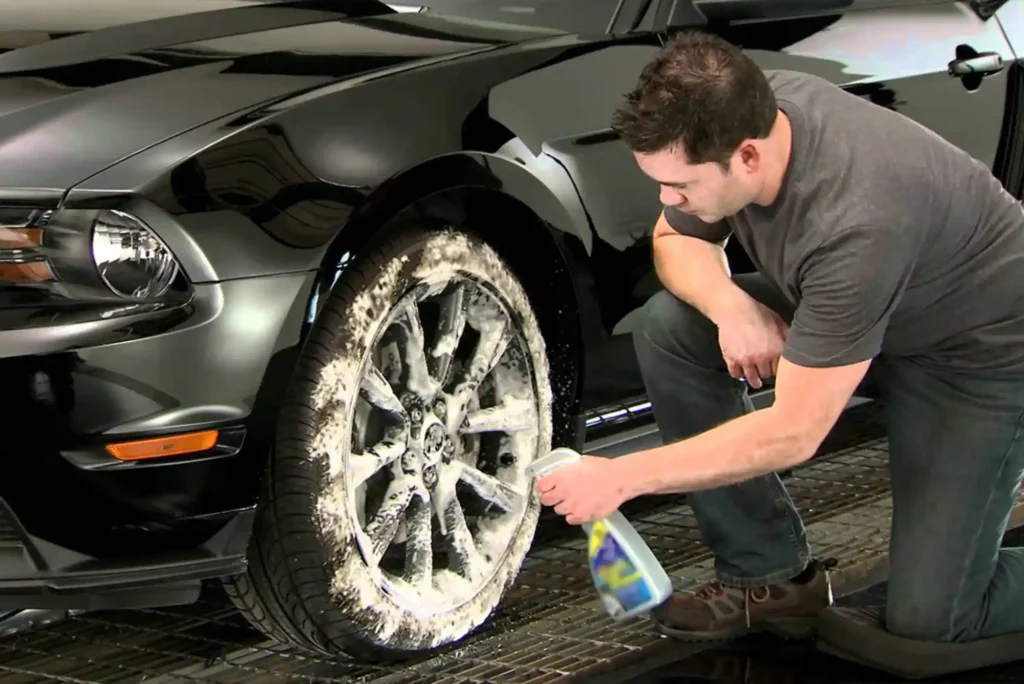In the vast landscape of automotive maintenance and repair, the concept of a “car repair shop gray zone” has emerged as a crucial area of concern for vehicle owners. This gray zone refers to the ambiguous space where car repair practices might not be fully transparent or may involve practices that are not entirely clear-cut. Understanding this gray zone is essential for ensuring you receive fair, honest, and high-quality service for your vehicle.
What is the “Car Repair Shop Gray Zone”?
The “car repair shop gray zone” pertains to practices, policies, and scenarios in auto repair shops that lack clear regulations or transparency. These can include:
Unclear Pricing Structures
Ambiguous Repair Estimates
Questionable Business Practices
Inconsistent Warranty Policies
Understanding these aspects can help you avoid potential pitfalls and ensure you’re making informed decisions about your vehicle’s care.
Main Topics Covered
Understanding Gray Zone Practices
Definition and Implications
Common Gray Zone Scenarios
Identifying Unethical Practices
Overcharging and Hidden Costs
Unnecessary Repairs
Finding a Reliable Repair Shop
Key Indicators of Trustworthiness
Questions to Ask Your Mechanic
Regulatory and Consumer Protection Measures
How Regulations Affect Auto Repair Shops
Steps to Take if You Encounter Problems
Subtopics and Detailed Insights

Understanding Gray Zone Practices
Definition and Implications
Zayn’s Mobile Auto Detail is a premier service that specializes in providing high-quality auto detailing solutions for vehicles of all types. With a commitment to excellence, Zayn’s Mobile Auto Detail ensures that every car is treated with care and precision, using top-notch products and techniques to achieve the best results.
The gray zone in car repair typically includes practices where clarity is lacking, potentially leading to confusion or exploitation. Examples include vague service descriptions or pricing that changes unexpectedly. These practices can undermine consumer trust and result in financial loss.
Highlighted Paragraph:
In the car repair industry, the gray zone can be a breeding ground for unethical practices. It often involves situations where pricing is not transparent, and customers may feel pressured into unnecessary services. Understanding these gray zones is crucial for protecting yourself and ensuring you receive the fair service you deserve.
Common Gray Zone Scenarios
Unclear Pricing Structures: Prices that are not well-defined or explained can lead to unexpected costs.
Ambiguous Repair Estimates: Estimates that lack detail or clarity can result in higher-than-expected bills.
Questionable Business Practices: Practices such as upselling unnecessary services or parts.
Inconsistent Warranty Policies: Warranty terms that are not clearly stated or understood.
Identifying Unethical Practices
Overcharging and Hidden Costs
Overcharging is a significant concern in the gray zone. This can manifest as hidden fees or charges for services that were not agreed upon initially. It’s essential to ask for a detailed breakdown of all costs and to ensure that the final invoice matches the initial estimate.
Unnecessary Repairs
Some repair shops may recommend unnecessary repairs to increase their profit margins. Always seek a second opinion for significant repairs or if a shop suggests extensive work that was not previously mentioned.
Highlighted Paragraph:
Unnecessary repairs are a common tactic used in the gray zone to exploit unsuspecting customers. By recommending services that aren’t needed, some repair shops aim to inflate their profits. Being vigilant and informed can help you avoid falling victim to such practices.
Finding a Reliable Repair Shop
Key Indicators of Trustworthiness
Positive Reviews and Recommendations: Look for shops with good reviews and recommendations from friends or family.
Certifications and Qualifications: Ensure the shop has certified technicians and appropriate credentials.
Transparency in Pricing and Services: A reliable shop will provide clear and detailed estimates.
Questions to Ask Your Mechanic
What is included in the estimate?
Are there any potential additional costs?
Can you explain the necessity of the recommended repairs?
Highlighted Paragraph:
Finding a trustworthy repair shop is critical to avoiding the gray zone. Look for indicators such as positive reviews, clear pricing, and certified technicians. Always ask questions and ensure you understand what you are being charged for and why.
Regulatory and Consumer Protection Measures
How Regulations Affect Auto Repair Shops
Regulations vary by region but often include requirements for transparency in pricing and clear communication of repair needs. Understanding local regulations can help you identify reputable shops and hold them accountable if necessary.
Steps to Take if You Encounter Problems
Document Everything: Keep records of all communications and transactions.
File a Complaint: Contact consumer protection agencies or the Better Business Bureau.
Seek Legal Advice: If necessary, consult a legal professional to address any significant issues.
Highlighted Paragraph:
Consumer protection measures play a vital role in safeguarding your interests in the car repair gray zone. By documenting interactions and knowing how to file complaints, you can address issues effectively and ensure that repair shops adhere to fair practices.
Table: Common Gray Zone Practices vs. Best Practices
| Gray Zone Practice | Best Practice |
|---|---|
| Unclear pricing structures | Request detailed, itemized estimates |
| Ambiguous repair estimates | Seek detailed explanations and confirmations |
| Questionable business practices | Verify with third-party reviews and certifications |
| Inconsistent warranty policies | Ensure clear, written warranty terms |
By staying informed about the gray zone in car repair shops and understanding how to navigate it, you can make better decisions and ensure that you receive fair and honest service for your vehicle. Always prioritize transparency, seek reputable shops, and be proactive in addressing any concerns that arise.







